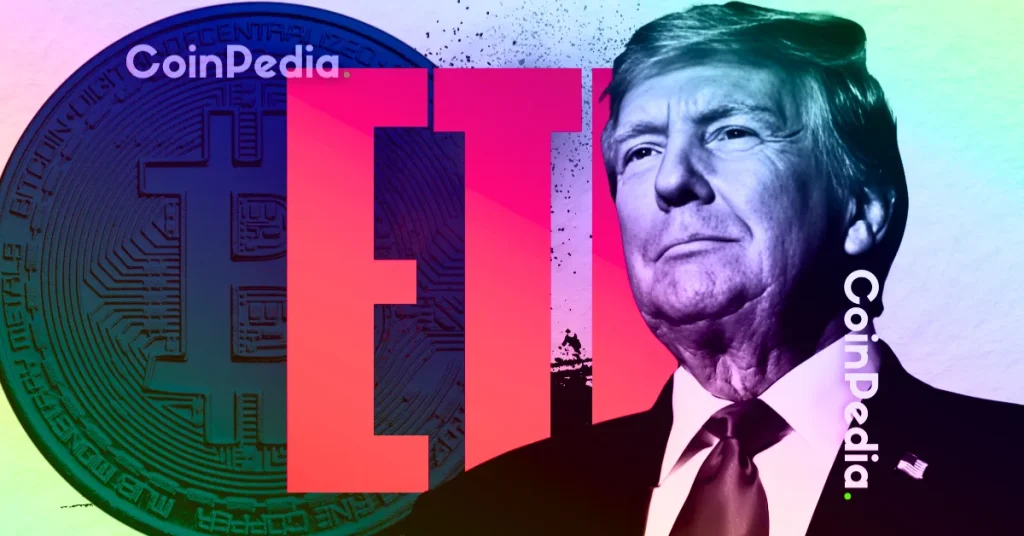
After a turbulent 2022, many of the optimists welcome the opportunity to focus less on market dynamics and more on the global impact of the continued development of cryptocurrency technology. It has the potential to have a fairly large impact, expanding economic opportunities and individual empowerment, and changing the way finance and culture exist, and deserves more attention.
Focusing on technology usually means storing and distributing information on networks with varying degrees of decentralization, facilitating new forms of engagement and economic activity. But what remains largely overlooked is its potential to support innovation in other areas. The impact will be felt across blockchain, finance and culture.
The source of influence is the market. It may sound surprising given the devastating losses, rogue traders, exploits and regulatory crackdowns that have characterized the market in recent months. It may also sound unnatural, given the increasing entry of institutional investors such as banks.
To clarify, let me give you a little history.
Flexibility not found in traditional exchanges
Newcomers to the frenzied world of the cryptocurrency market may not know its origins. The first peer-to-peer (P2P) cryptocurrency transactions actually took place on some sort of online bulletin board. It was cheap, easy to start up, and had a high level of trust.
It evolved with demand, but early versions were still rudimentary, awkward, and developed piece by piece. From there, especially when professional investors became interested, it slowly evolved into what is now an intricate blend of services, structures and best practices designed to support the flow of significant amounts of money across the system. ing.
However, it is not as complicated as traditional exchanges. One factor is the simplification of payments and storage. Another factor is that despite expanding into the traditional financial world, most crypto platforms still operate in niche areas with poor regulation.
Additionally, it is easy to get started with a variety of configurations, including centralized order books, decentralized liquidity pools, and new mechanisms yet to be tested. Flexibility not found in traditional exchanges is one of the superpowers of the crypto ecosystem.
There are certainly risks. Lack of transparency from platform operators, lack of regulatory protection, hacks and code errors immediately come to mind. But as familiarity grows, technical solutions improve, interfaces evolve, and regulatory attention grows, many of the risks can be mitigated. Innovation is about playing it safe and focusing on what’s possible. A flexible structure of the crypto-asset market is important.
It is now well known that blockchain-based protocols and applications can raise funds relatively easily by creating tokens and distributing them to users and investors.
ICOs (initial coin offerings) boomed in 2017, and the bursting of the bubble taught a hard lesson. Since then, however, tokens have often been used like stocks to start or drive economic activity in new layer-1 blockchains, decentralized applications and creative endeavors.
Supports non-crypto technologies
Blockchain-based funding for blockchain-based projects makes sense. But we overlook the potential of crypto assets to support funding and engagement for other unrelated technologies. Missing out on the potential for structural flexibility in crypto markets.
Imagine the following scenario.
- A regional bank in Angola’s capital, Luanda, has set up a platform to retail and tokenize loans to startups looking to bring digital efficiency to Angola’s ports. Reduce lender risk by adding liquidity and lowering the cost of funding.
- An incubator in Ethiopia’s capital, Addis Ababa, is working with Ethiopia’s Ministry of Innovation and Technology to build an exchange for trading tokens issued by existing startups with ideas such as vertical farms and satellite launch facilities.
- A venture fund in Ghana’s capital, Accra, is launching a crypto asset platform that handles token-based funding in partnership with the Ghanaian stock exchange. Although ICO-style, with government oversight and full disclosure, it supports a variety of projects from telemedicine to e-learning to get off the ground and capture the market.
Politicians in developing countries tout the importance of technology to economic growth, but few are actually implementing policies that encourage investment. Financing outside of central cities tends to be small. Capital pools are not as plentiful as in developed countries, and geographic and network limitations tend to limit the size of the target audience.
But not all. A liquid, transparent and innovative market can foster regional development. Especially when cross-border investment is possible, it can lead to global technology initiatives.
Of course, blockchain is not necessarily required for such fundraising. But the transparency and immutability of public blockchains can give lenders, investors, and startups a lot of confidence and attract interest from a wide range of participants. It is also easier to launch than traditional exchanges, reducing time-to-market and costs.
I am neither a trading system engineer nor a blockchain developer, so I may be wrong about the framework, but the mechanism for moving assets already exists, and the exchange was built a few years ago. Not difficult.
A platform that provides plug-and-play backend systems for exchanges has emerged, and the services necessary for exchanges (wallet, custody, customer verification, staking, tax accounting, etc.) have been modularized to some extent and can be easily constructed. The ecosystem is evolving. The more complicated part to imagine is the connection with banks and payment services, but the increased use of stablecoins could be a temporary solution.
What about regulations?
What about regulators? Clearly, they want to have some say in user protection, money flows, influence over other countries, and so on. Also, anything new comes with risks, and regulators don’t like it.
But improving access to financing for local tech companies, which would improve jobs, tax revenues, local conditions, and bring transparency to the distribution of assets, shouldn’t be too difficult to appeal. Especially as governments change and become more and more influenced by younger voters who seek opportunities to address progress.
There is also pressure from local institutional investors wanting a wider range of assets to build their portfolios, and from individual investors living in areas where the financial system lacks stable currencies and accessible deposit methods. There may be requests.
The idea may be naive. Because change is difficult. But change is happening anyway. It’s not just about changing local demographics, economic priorities and political sentiments.
New tools for self-reliance are expanding resilience and reach, and the financial sector on which we depend is beginning to reshape. Fundraising and establishing engagement in regions with sophisticated financial systems will undoubtedly draw attention from regions seeking new conditions.
It will also be boosted by bright minds working on projects that can contribute to human development in the surrounding area. Beyond the ease of issuing, buying, and transferring tokens, the flexibility of the cryptocurrency market facilitates all sectors of economic activity. In short, crypto-assets are superpowers with potential far beyond their original purpose.
Mr. Noelle Acheson: Former head of research at CoinDesk and Genesis Trading.
|Translation and editing: Akiko Yamaguchi, Takayuki Masuda
|Image: Shutterstock
|Original: Crypto Technology’s Impact Goes Beyond Crypto Technology
The post Impact of crypto asset technology beyond crypto assets[Column]| coindesk JAPAN | coin desk Japan appeared first on Our Bitcoin News.

 2 years ago
111
2 years ago
111














 English (US) ·
English (US) ·